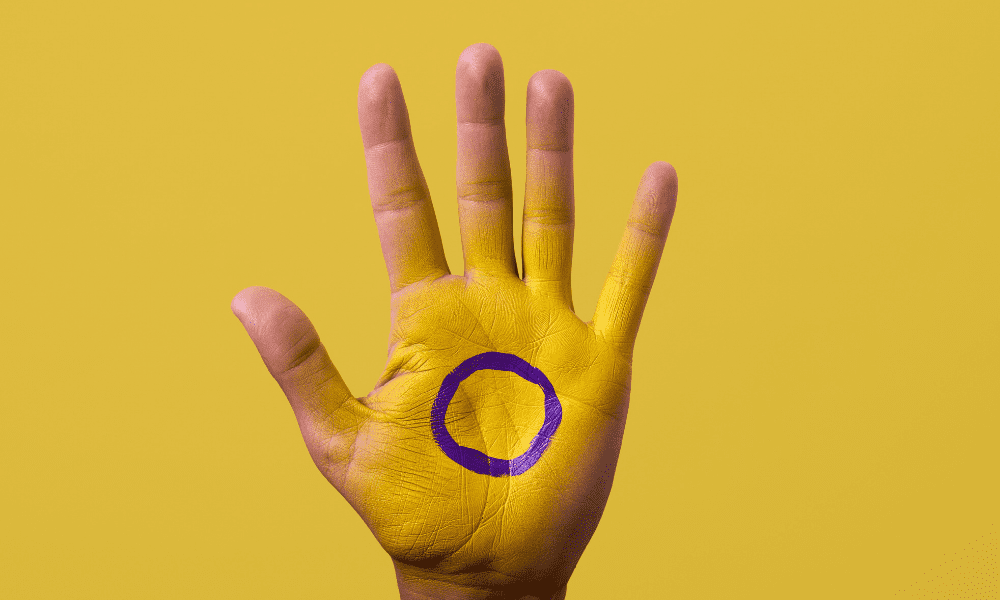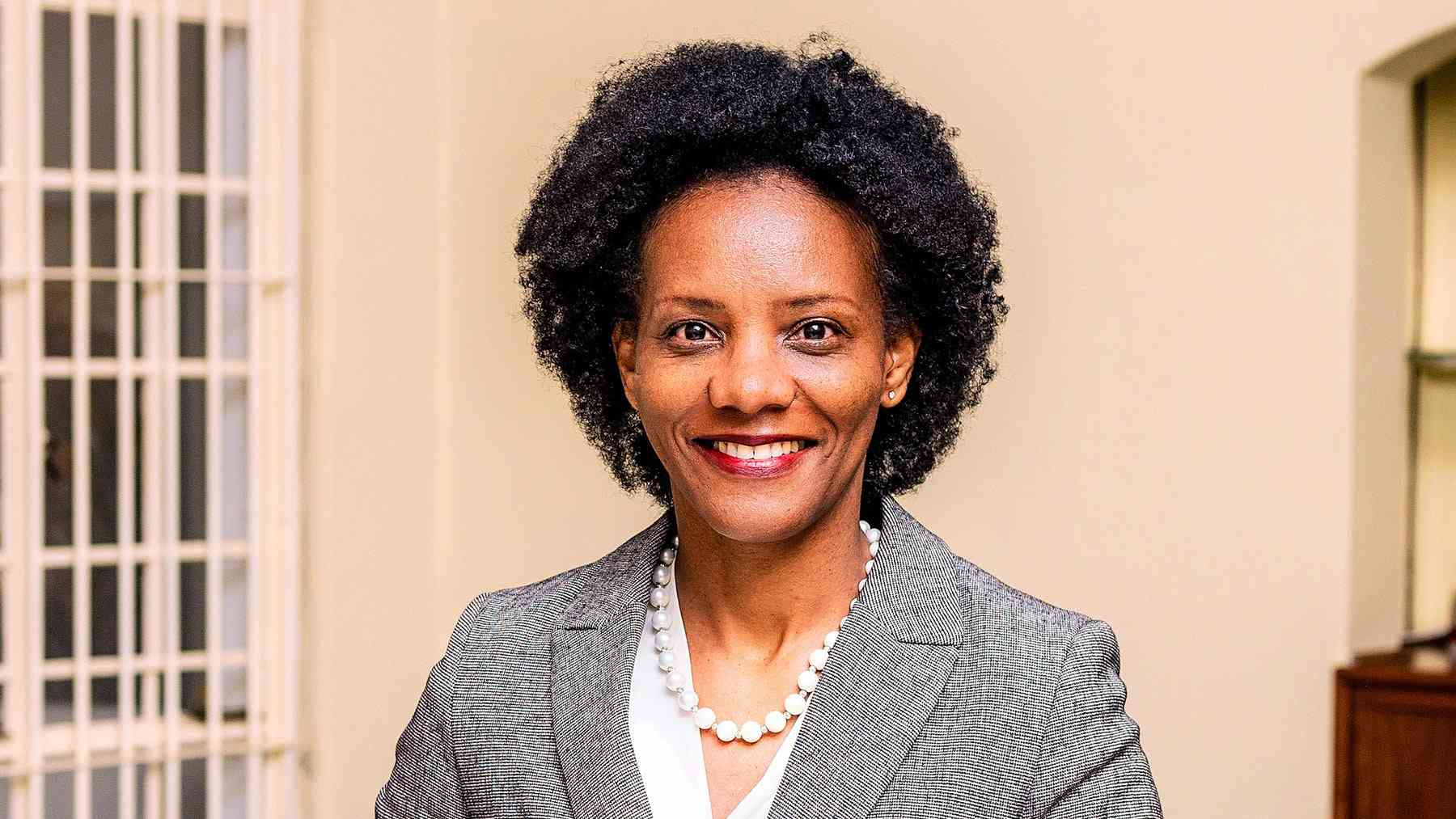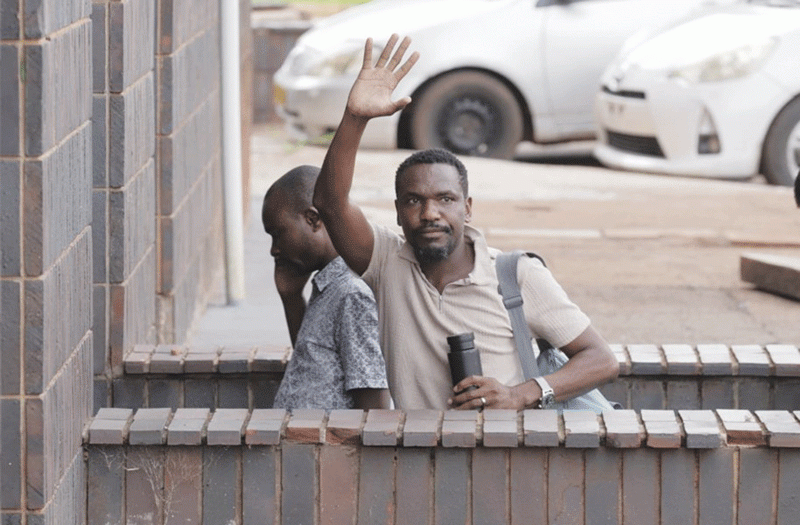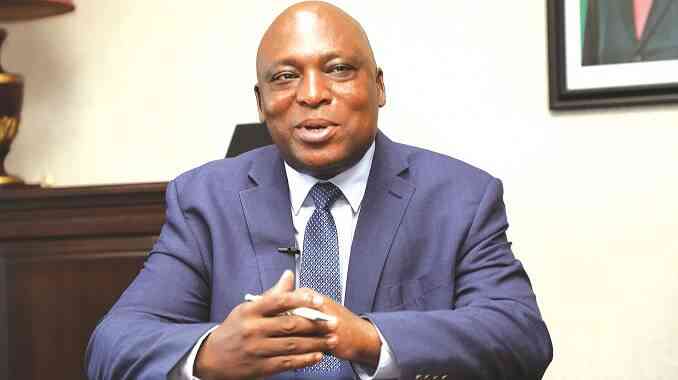
FOR Kudakwashe Maiswa, travelling outside Zimbabwe is a constant ordeal. At every airport, especially in Zimbabwe, they must explain why their passport details do not align with their physical appearance.
This is not by choice or design, but the result of an inborn condition.
“Every time I travel, I have to prove that I am the rightful owner of the document. The mismatch between my appearance and my documents leads to extra scrutiny, sometimes even fingerprinting, to confirm my identity,” Maiswa says.
Born Yvonne Maiswa, Kudakwashe now identifies as intersex and uses the pronouns they and them. Their story reflects the struggles of Zimbabwe’s intersex community, which remains largely invisible to society and the state.
“I was born with ambiguous genitalia — a micropenis and undescended testes, along with chromosomal patterns of 46XX and 46XY. It was not clear if I had male or female organs, as I exhibited characteristics of both,” Maiswa explains.
Doctors suggested corrective surgery at birth to align Maiswa’s body with a female identity, but they lacked the knowledge and expertise to perform it.
With no clear solution, Maiswa’s mother was advised to raise them as a girl, with surgery to be performed at age 15. Today, Maiswa’s national documents still identify them as female under the name Yvonne, despite their intersex identity.
Understanding intersex
- Unseen but present: Plight of intersex people
- Irreversible pain: How non-consensual 'correctional surgery' shaped an Intersex activist's battle for rights
Keep Reading
According to Dr Norman Matara, secretary-general of the Zimbabwe Doctors for Human Rights, there are over 40 known variations of intersex.
“Intersex is an umbrella term for natural sex characteristics that don’t fit typical binary notions of male or female bodies,” Matara said. “In many cases, intersex traits, such as ambiguous genitalia, are apparent at birth, but others, like chromosomal patterns, only manifest at puberty.”
While the exact cause of intersex conditions is not fully understood, some traits are believed to be hereditary or the result of hormone exposure during foetal development.
A legal system that doesn’t fit
Zimbabwe’s legal system recognises only male and female identities, a binary approach that marginalises intersex individuals. Zimbabwe Human Rights Commission (ZHRC) chairperson Jessie Majome highlights the challenges.
“Our national documentation system only recognises male and female categories. When intersex individuals try to access birth certificates, IDs or passports, they are forced into one category or the other, even if they don’t fit either,” Majome says.
The result is a lifelong struggle for legal recognition and access to basic rights.
“This issue follows them into adulthood, affecting their ability to obtain identity documents and other essential services. There is an urgent need for policy reform,” she adds.
For people like Maiswa, this lack of legal recognition is deeply distressing.
“My condition was kept secret, but my schoolmates found out. I was called degrading names, which shattered my confidence. There was a time when I questioned my humanity, asking God why I was made this way,” Maiswa says.
Despite growing confidence, many intersex individuals, especially in rural areas, remain silent due to fear of discrimination.
“I trained as a teacher while living as a female, but I was living a lie. Now, as an intersex person, I’m struggling to be recognised for who I truly am,” Maiswa adds.
Legal and social barriers
Mwari Anesu Maposa, legal officer at Gays and Lesbians of Zimbabwe (Galz), advocates for legal reforms to recognise intersex people in Zimbabwe.
“There is a need for urgent reform of the Birth and Death Registration Act, so that intersex individuals can have accurate sex markers on their identity documents,” Maposa said.
Public and medical professionals also need to be educated on the fundamental rights of intersex people.”
l Read the full article on our website: theindependent.co.zw
The author is a 2024 Womentorship fellow. This article was published with support from Friedrich Naumann Foundation through its Womentorship Fellowship Programme targeting young and upcoming female journalists. The programme was designed in 2021 after a realisation that female journalists occupy a few leadership positions. Its objective is to capacitate female journalists to ensure gender balance in the newsrooms, while creating a safe space for them.
- NB: Writer cannot be named for professional reasons.











